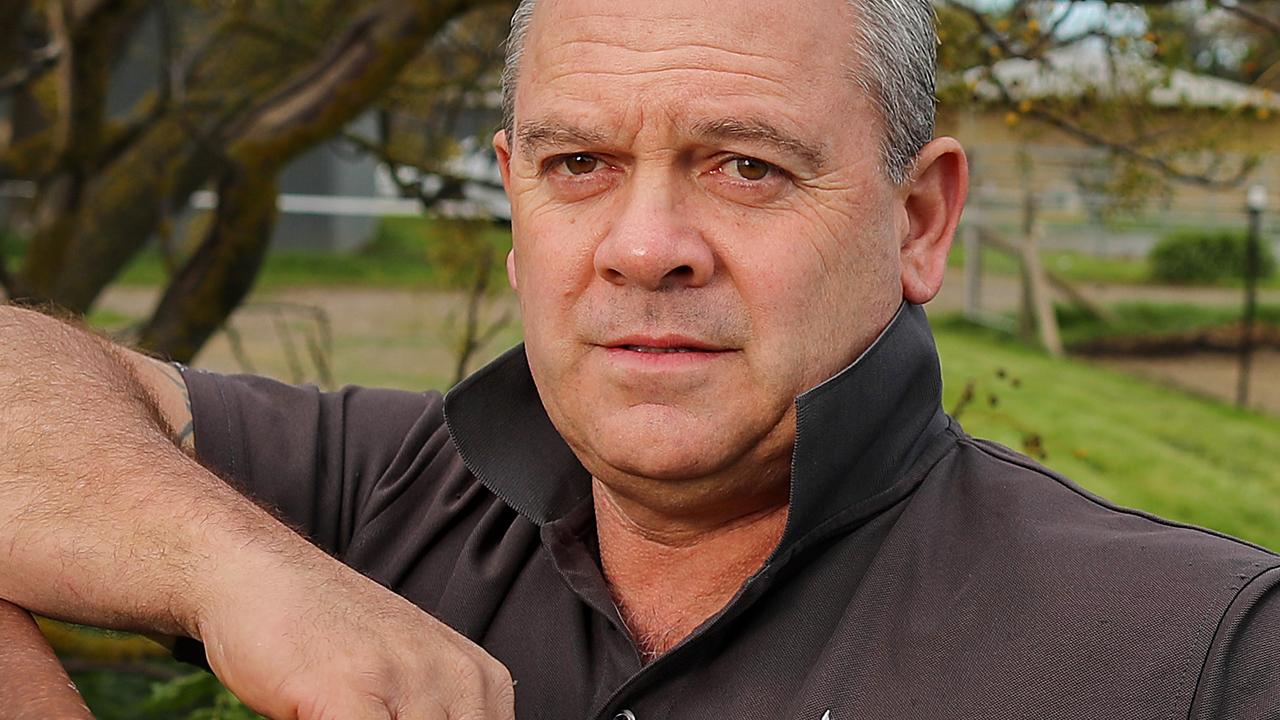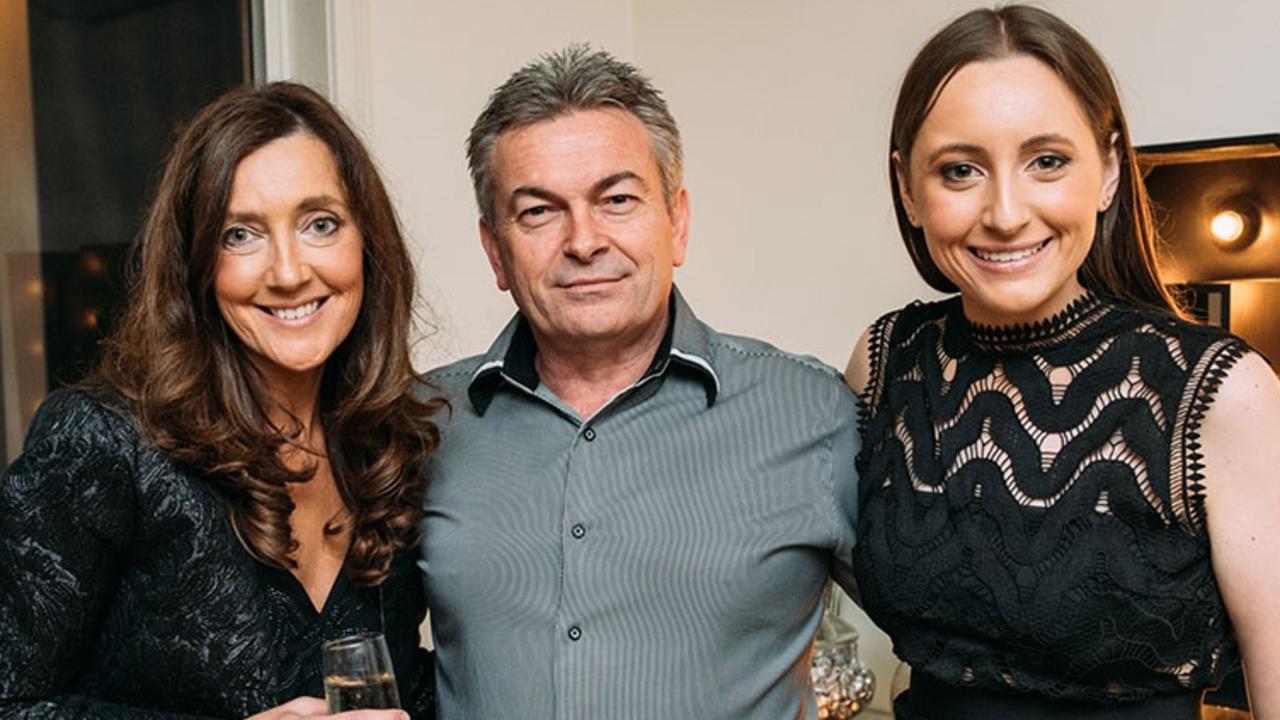If police can’t solve rape of a woman in one of their stations, they’re not trying
What sort of policeman rapes a young woman who has taken refuge at his station rather than risk being attacked on the street?If the police are serious about eliminating corruption in the force, they need to find out who raped Sue in one of their stations, writes Andrew Rule.

Andrew Rule
Don't miss out on the headlines from Andrew Rule. Followed categories will be added to My News.
Two years after Sue the clergyman’s teenage daughter was raped in an inner-city police station, she bumped into the young policeman who had unwittingly delivered her to the sergeant who did the crime.
Sue calls him “the rookie”. If she could find him now, she is confident he could identify the rapist whose name she never knew, but whose position intimidated her into silence for decades.
It’s hardly surprising that a middle-aged woman whose only experience of crime is as a victim cannot find the kind man who could be her strongest witness in a long overdue reckoning. What is surprising is that police claim not to be able to trace this potential witness — whose personal details the force has, including fingerprints, next-of-kin, car registration and names of police contemporaries.
Sue knows only that he was a new academy graduate when he and another young officer picked her up after she was stranded outside her cousin’s empty flat one night in 1980. She was staying at the flat but had lost her key.
The young policemen had been polite and helpful to the 19-year-old Tasmanian woman, who’d just started work in Melbourne.
She had spent her last cash on a taxi and had no way to pay for a hotel.
The constables took her back to the station so she would not be exposed to danger. There, in the one place where she should have been safe, Sue was betrayed.
She had been brought up to respect police, so was grateful when the desk sergeant suggested she sleep in a spare upstairs room instead of in a cell next to noisy drunks.
The cell would have been safer.
In a statement Sue made much later, she describes what happened.
A policeman “took me upstairs and showed me the bed in the change room … The door to the change room was half wooden and half glass … there was a single bed on the left … Just past the bed was a row of lockers.
“I fell asleep under the sheet and blankets. I was wearing the clothes I had when I went out … a red cotton top and matching pants. The pants had an elastic waist and no zip.”
She slept. About 3am or later, she estimates, she woke when someone entered the room. It was the sergeant. She assumed he had come up to change out of uniform so she turned to the wall to give him privacy.
“I heard his pants unzip and his shoes come off. I thought he was leaving. He did not say anything. Next thing I know he was in bed with me. I could feel he was naked.”
She then describes the attack in necessary detail.
She did not scream because “I was scared I would be physically hurt and scared that other officers might come up.
“I felt scared, upset and helpless. He was the officer in charge and I thought if I shouted he would stop the others from helping or they would join in.”
After the rape, he went to a basin near the window and washed himself, then put his uniform on and went downstairs without a word.
READ MORE:
THE GLAMOROUS MUSE OF BIKIES + DRUG BARONS
DEATH OF WALSH ST SUSPECT NO LOSS
Sue was “crying silently” and wondering how she could report the crime. She felt trapped. Within minutes, other police came up and said they would take her to a women’s shelter for the rest of the night.
“Half way down (the steps) I told the policemen that my dad was a minister of religion and I was going to Tasmania for Easter. When I got to the bottom I could see the sergeant standing in the doorway to the office where the TV and typewriters were. He had a smirk on his face. At that point I felt angry.”
What sort of policeman rapes a young woman who has taken refuge at his station rather than risk being attacked on the street? At the time, Sue thought he was “old” but now realises that was only by comparison with her own age. He was probably in his mid- to late 30s, lean and fit.
Sue kept the rape secret.
Two years later she met “the recruit” off duty at a Hawthorn venue. It was only after they started chatting that she realised he was the young policeman. He remembered her name.
At first Sue was upset because she assumed he knew what had happened to her. Then she told him she had been raped.
“He told me that he did not know what had happened and appeared shocked.”
The recruit told her if he’d known the truth he would have rescued her. Sue believed him but did not take note of his name because, she says, at the time she wanted to put the ordeal behind her.
Ashamed and confused, she told no one else about the rape until the year 2000, two decades after the crime.
She had turned 40 and, as part of a study course, had started writing a journal that led her to put the episode on paper. Then she contacted the police internal investigation unit, Ethical Standards.
The female officer who took the inquiry brushed her off.
“She said it was too long ago and they wouldn’t be able to find the person. That was the end of it.”
Sue still hadn’t told anyone else. But in 2009 she saw a film in which a rogue policeman raped young women. It gave her an anxiety attack.
Finally, she told her ageing parents and her husband what had happened.
They encouraged her to take a stand. She called Ethical Standards again.
At first, it seemed the investigators took her more seriously than before.
They took her to the police station, which was largely unchanged, but did not take her into two of the upstairs rooms, one of which was the sergeants’ changing room.
Sue insisted that tracing the 1980 “recruit” would be the quickest way to identify the rapist. The recruit would be one of a limited number who had graduated between November 1979 and February 1980.
The lead investigator soon identified who it was. But Sue lost faith in the force’s ability to investigate its own when the investigator claimed that the recruit (long retired from the force) had gone to Western Australia and could not be found.
In any case, another investigator told her, any evidence from the recruit would be “hearsay” and no use in court.
And so the investigation was quietly killed.
Sue felt let down. But when she went to a Victims of Crimes hearing in 2010 she was vindicated: the magistrate praised her as an honest witness.
Interestingly, the Police Association briefed a barrister to attack Sue’s evidence in defence of the still unidentified police officer.
In the brave new world of 2018, it sounds like a case for the force’s anti-sleaze taskforce, Salas.
If Salas investigators don’t solve this, they’re not trying. If they do solve this, Ethical Standards wasn’t trying in 2009.
That’s a tricky choice for police command.



